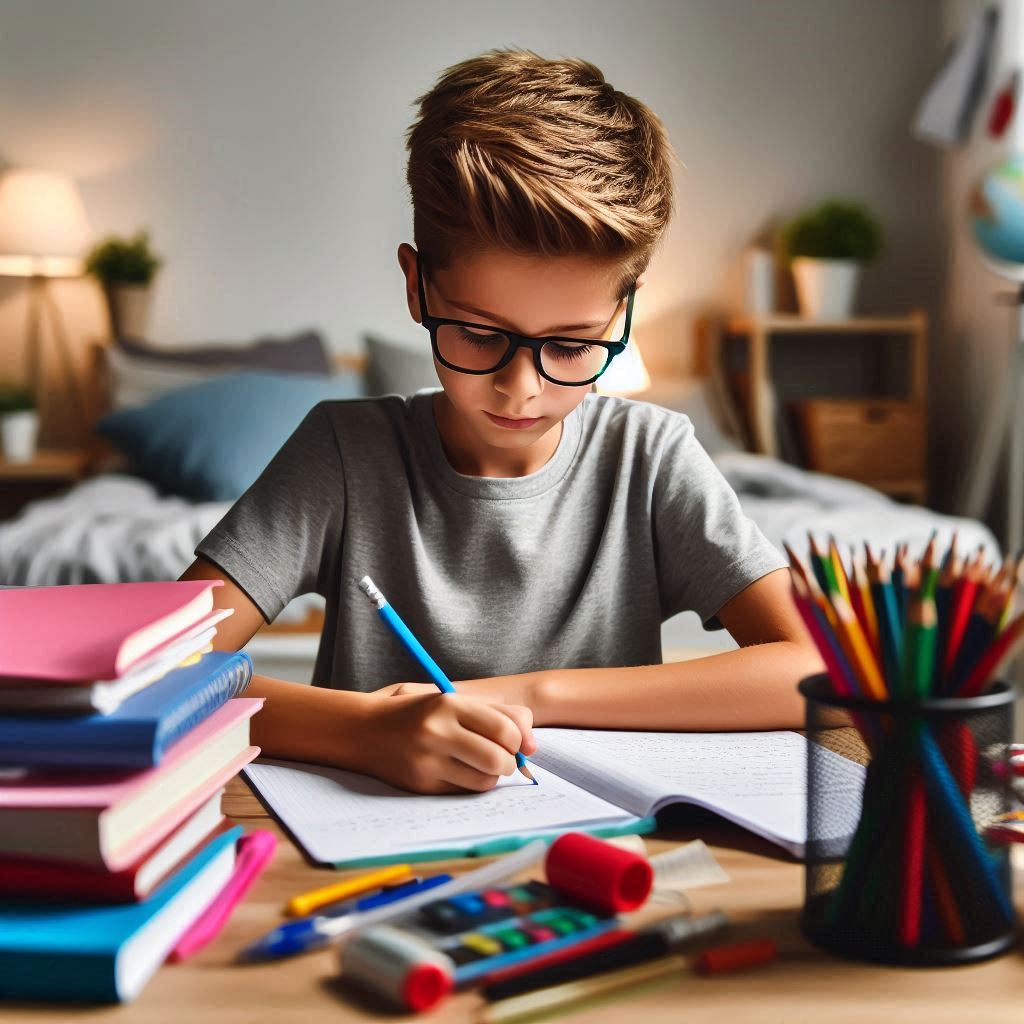Creating a Home Environment That Supports Focused Learning
A well-organized, calm, and inspiring space at home can greatly impact a child’s focus and engagement in learning. By setting up a learning-friendly environment, you’ll be providing a space where they feel comfortable, ready to concentrate, and free from distractions. Here’s a guide on creating a home setting that supports focused learning.
1. Choose a Dedicated Learning Area
Designating a specific area for learning helps kids mentally transition into “study mode.” This doesn’t need to be a whole room—a cozy corner or a small table can work well. The key is consistency, so they associate that space with learning activities.
Tip: Use a small bookshelf or organizer near the learning space to store supplies, making it easy to access needed items without interrupting the focus.
2. Minimize Distractions
To foster focus, keep the learning area clear of digital devices and toys. Background noise can also be a distraction, so try to set up in a quieter part of the home, if possible.
Tip: If sound is an issue, consider using white noise or instrumental music to help them concentrate.
3. Organize Supplies for Easy Access
A cluttered space can overwhelm a child, making it harder to concentrate. Organize supplies like pencils, paper, and learning materials in labeled bins or trays, so everything has a designated spot.
Tip: Let your child decorate or label their supply bins to make the space feel personal and inviting.
4. Incorporate Sensory-Friendly Elements
For some kids, sensory inputs like textures, lighting, or even certain smells can impact their ability to focus. Pay attention to lighting—natural light is ideal, but if that’s not possible, opt for warm, indirect lighting that won’t strain the eyes. Adding soft pillows or textured mats can also create a calming sensory environment.
Tip: For a calming effect, you could use items like weighted lap pads or fidget toys if your child benefits from sensory tools.
5. Make It Comfortable, But Not Too Cozy
It’s important that the learning space is comfortable, but you don’t want it to be too inviting for naps! Choose a chair and desk or table that support good posture, so your child feels ready to sit and focus.
Tip: Adjustable desks and chairs can be a great investment for growing children, helping them maintain an ergonomic posture over time.
6. Add Visual Inspiration Without Clutter
Decorations that inspire, such as educational posters or motivational quotes, can boost the learning atmosphere. However, be careful not to overload the space with visuals, as too many distractions can counteract your goal.
Tip: A bulletin board with rotating artwork, achievements, or goals can keep things fresh and motivating without overcrowding the space.
7. Encourage Ownership of the Space
Allowing your child to personalize their learning space can foster a sense of responsibility and pride in their area. They could add a favorite stuffed animal for encouragement or a photo of family for comfort.
Tip: Ask them to help keep the space tidy each day as part of their routine, promoting good organizational habits.
8. Establish a Routine
Finally, a learning space is most effective when paired with a consistent routine. Setting aside regular times for focused learning will help your child build discipline and get accustomed to using the space.
Tip: Create a visual schedule that your child can follow to build consistency and make transitions into learning time smoother.
Conclusion
A well-designed learning environment is about more than just furniture—it’s about creating a space that supports focus, reduces distractions, and makes learning enjoyable. By involving your child in setting up and maintaining their area, you’re also teaching valuable skills in organization and responsibility, all while supporting their academic journey.



